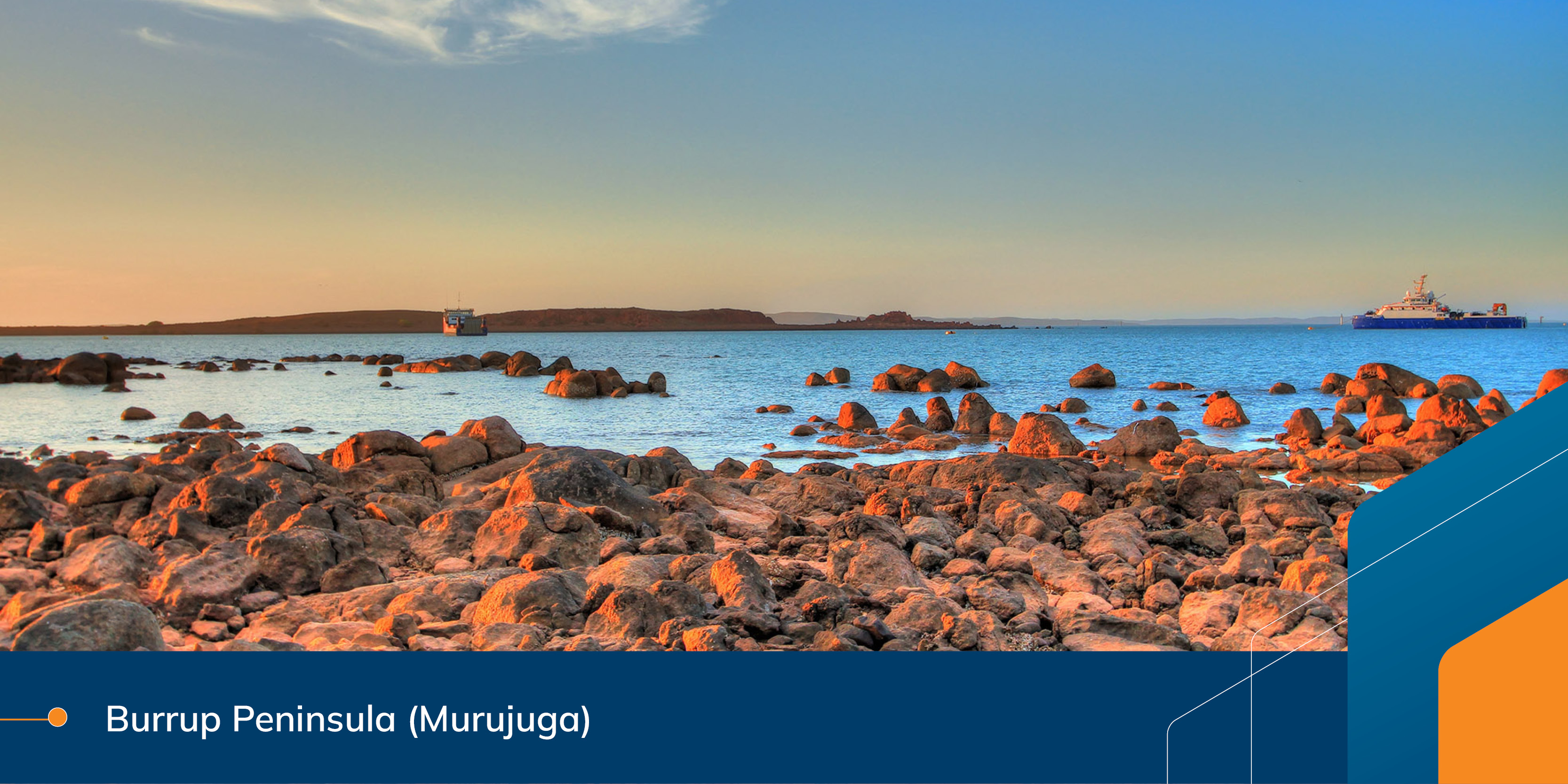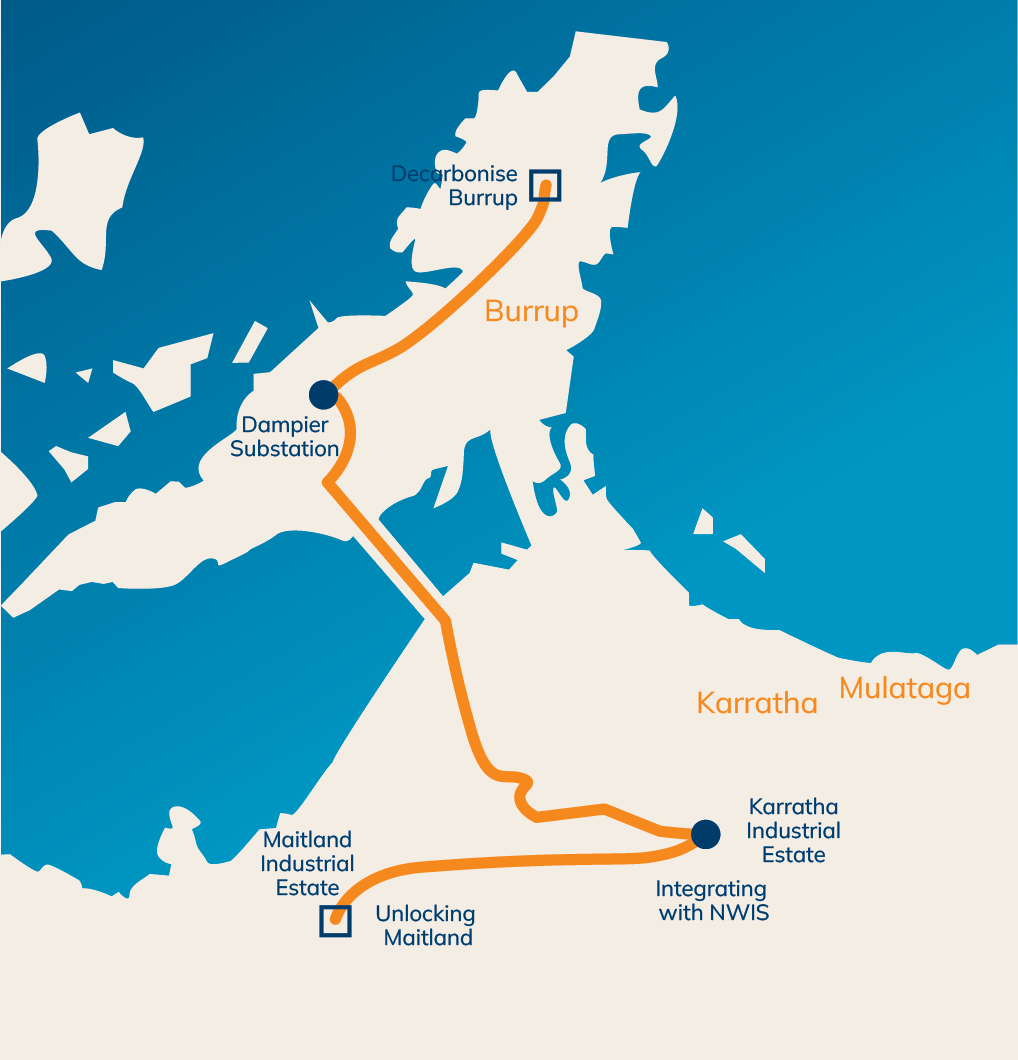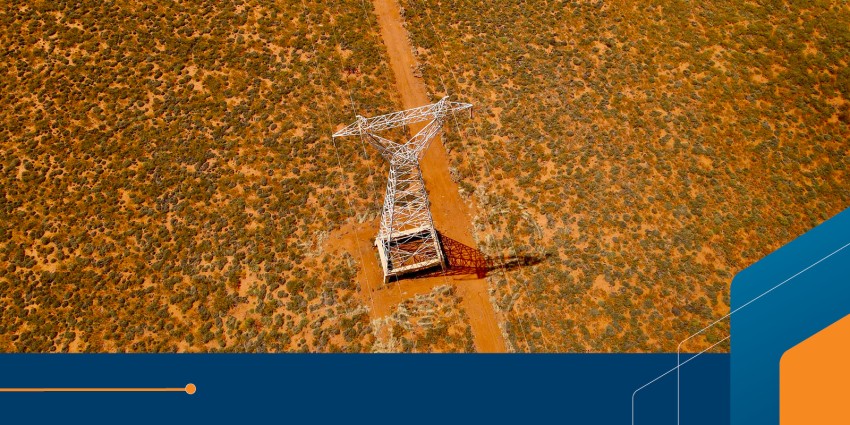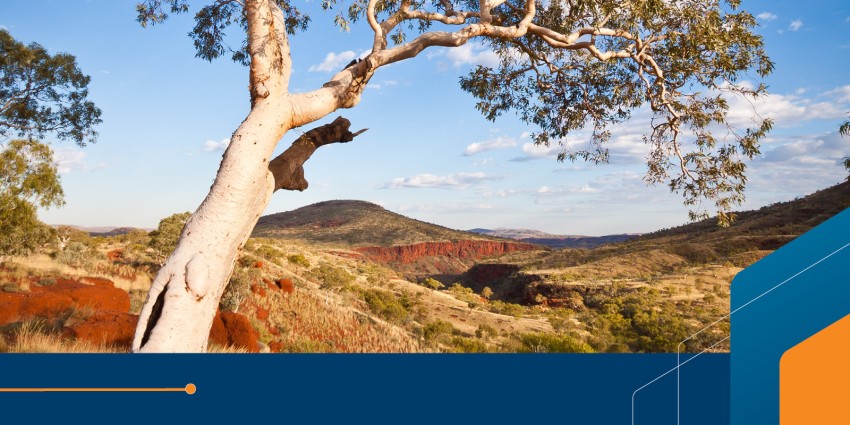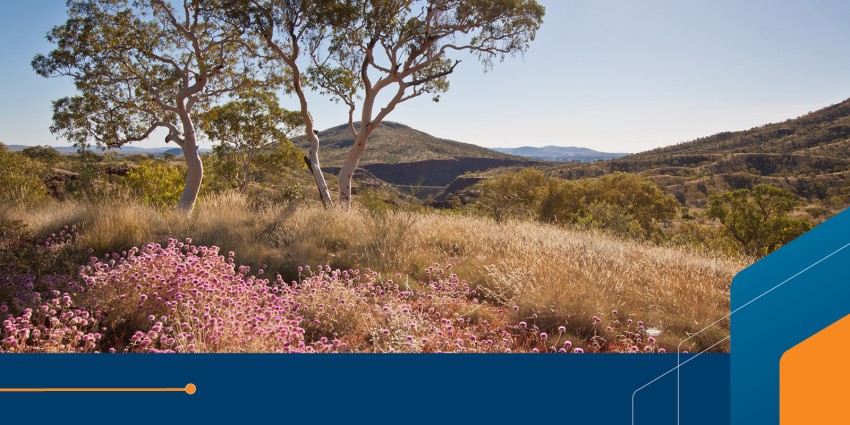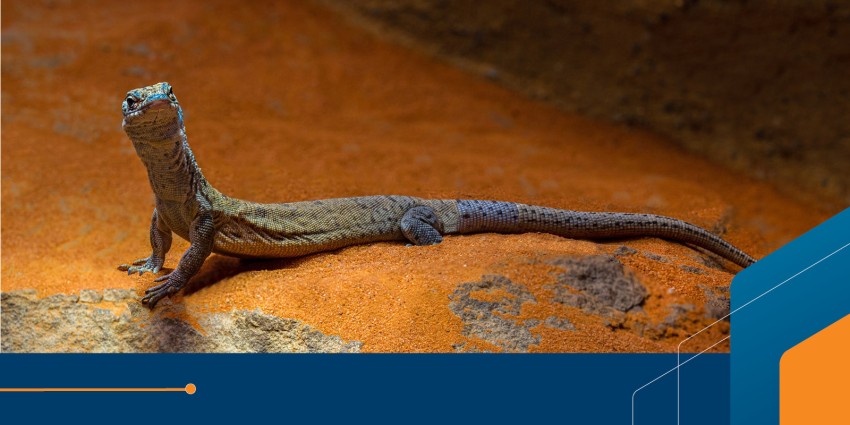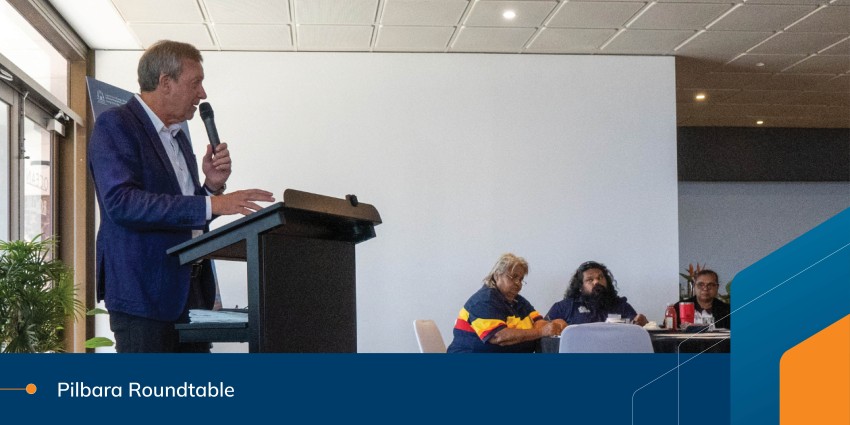The Western Australian Government has worked with the Custodians of Murujuga Country, as well as Horizon Power and key industry stakeholders Yara, Woodside and Perdaman, to design a transmission plan that delivers shared benefits to the entire Pilbara community.
The development of the planned Maitland-Karratha-Burrup line represents the first major step in decarbonising the Pilbara and is an important first step for the Pilbara Energy Transition (PET) Plan. The approach will be applied to further transmission projects across the Pilbara.
Why is a transition plan needed for Burrup?
Common-use transmission infrastructure is vital to decarbonising the Pilbara and delivering cleaner, greener energy - and its benefits - to the region. As a key contributor to Western Australia’s economy, the Pilbara is essential to achieving our State's decarbonisation goals. Industry in the region makes up a critical part of the Western Australian economy, contributing more than 20 per cent of the State's economic output. However, currently less than 2 per cent of generation in the region is from renewable sources, and the Pilbara contributes around 40 per cent of Western Australia’s emissions.
Expanding renewable energy access through enhanced common-use transmission infrastructure is crucial for the long-term viability of key industries in the Pilbara - and is a central principle within the Pilbara Energy Transition (PET) Plan. Before now, industry on the Burrup Peninsula had no access to renewable electricity - a major barrier to decarbonising the Pilbara.
Working together for the future
The transition to greener, cleaner energy in the Pilbara must be equitable, and must deliver the full benefits of our State’s green energy future to communities across the region. The State Government is working collaboratively with Traditional Owners and industry to create a cleaner energy system for the region. This will provide certainty to industry, support economic development and recognise and maintain the value of the unique cultural heritage of the Aboriginal people of the Pilbara.
This is more than simply partnering with industry and landholders. Energy Policy WA is focused on engaging, consulting and partnering with all groups, including communities and Aboriginal people, to ensure that all cultural and environmental issues are properly considered and addressed.
The Pilbara Energy Transition (PET) Plan
The PET Plan will accelerate decarbonisation by encouraging more common-use transmission infrastructure in the Pilbara and unlocking the best renewable resources in the region. The plan is a crucial component of delivering the State Government’s commitment to reach Net Zero greenhouse gas emissions by 2050.
Transmission infrastructure is critical for connecting renewable energy to where the demand for electricity is located. Common-use infrastructure in the Pilbara will enable access to diverse renewable energy sources, supporting energy security and reliability and reducing the impact of industry on the environment.
Designated Priority Projects will receive a State Government recommendation to be considered for concessional financing from WA's allocation of up to $3 billion under the Australian Government's Rewiring the Nation program, administered by the Clean Energy Finance Corporation.



